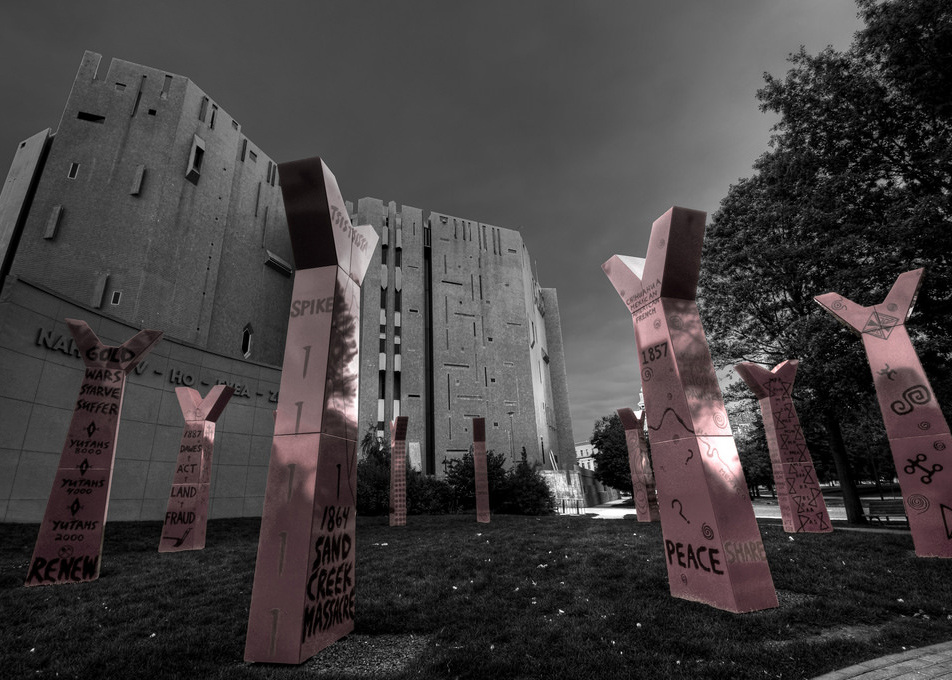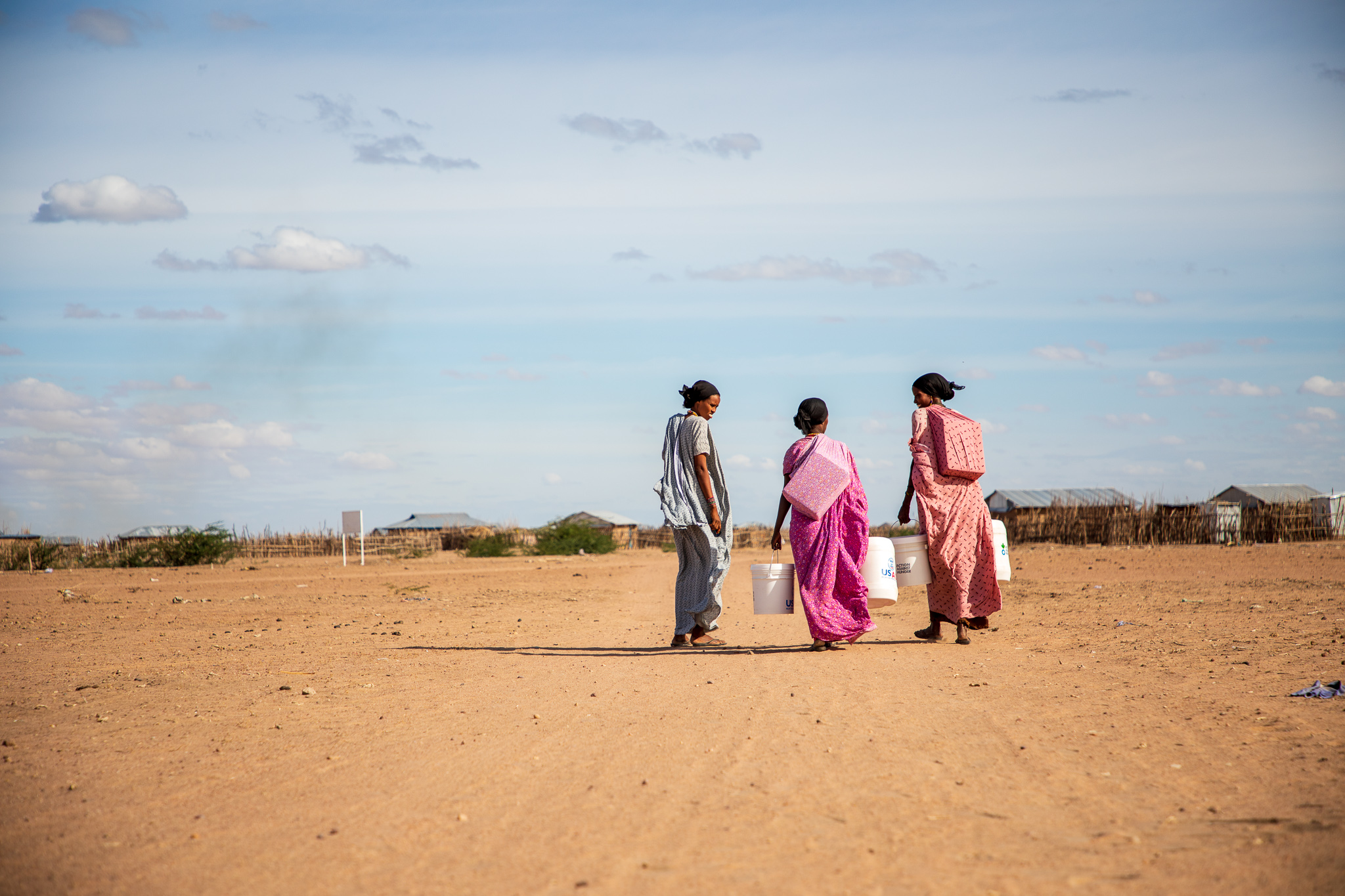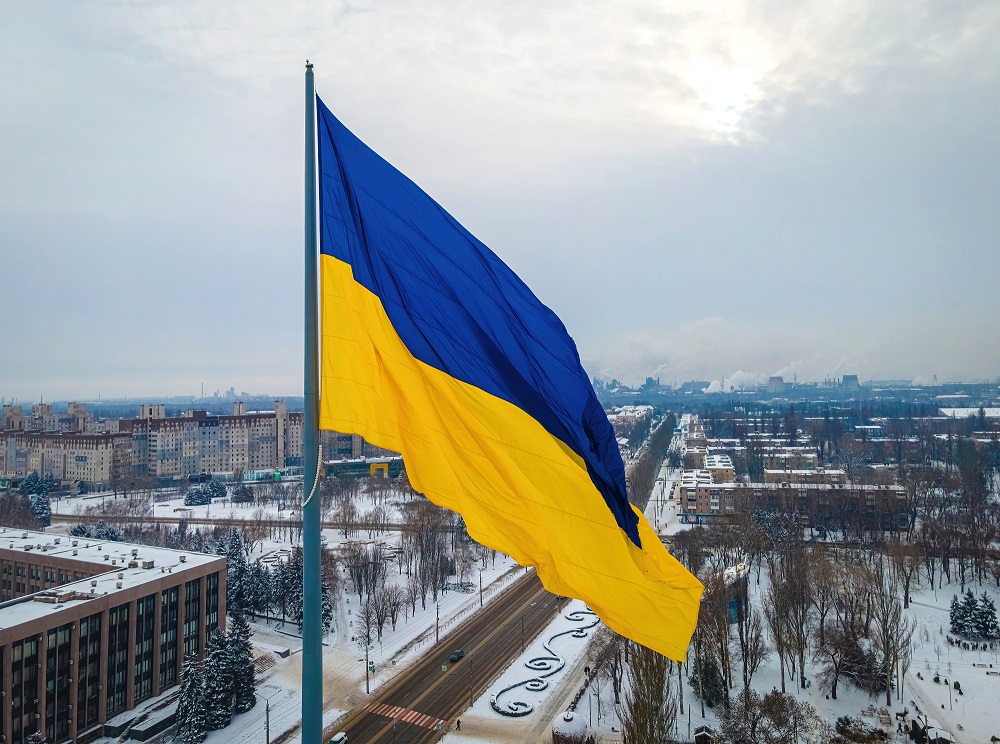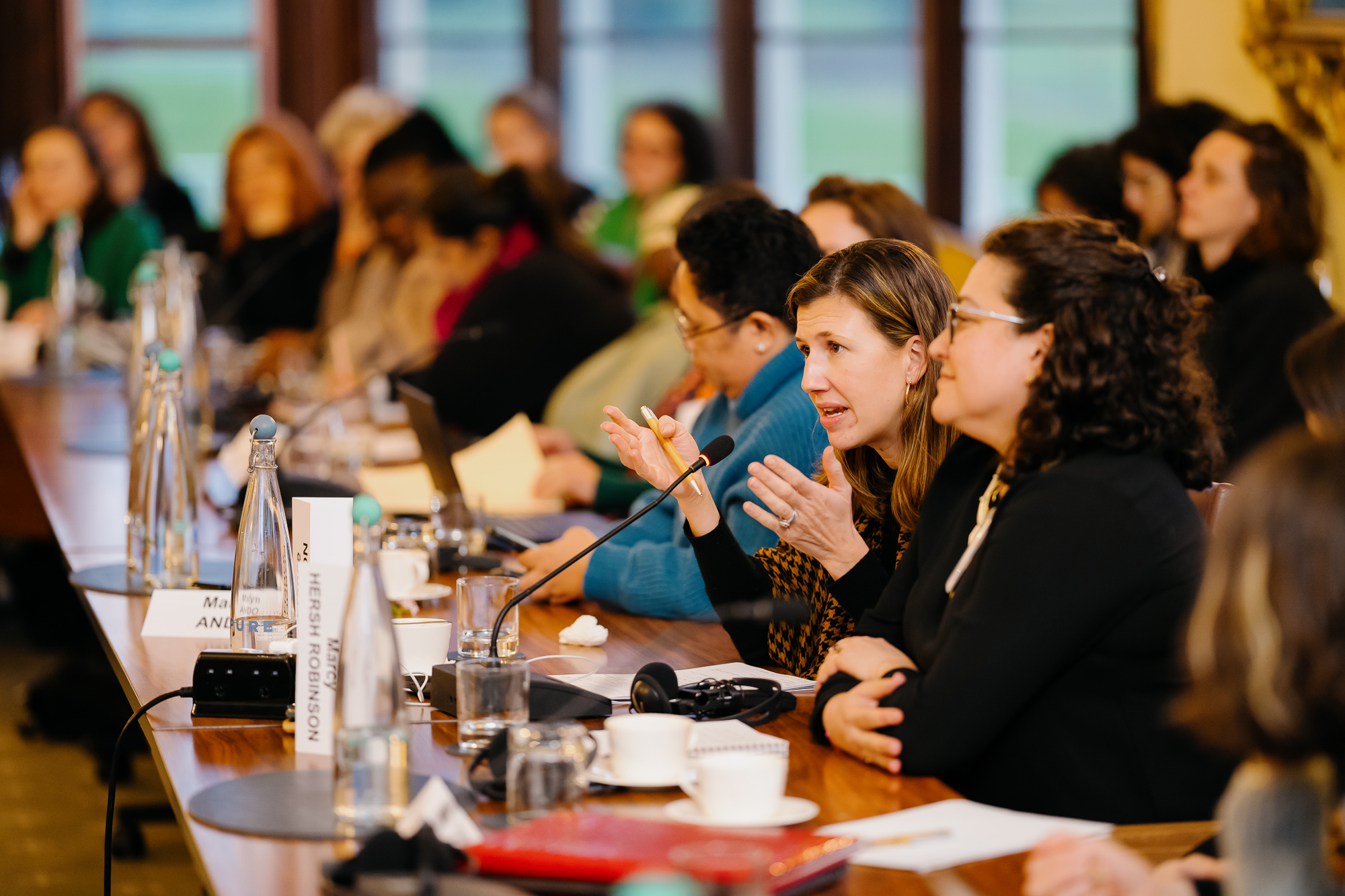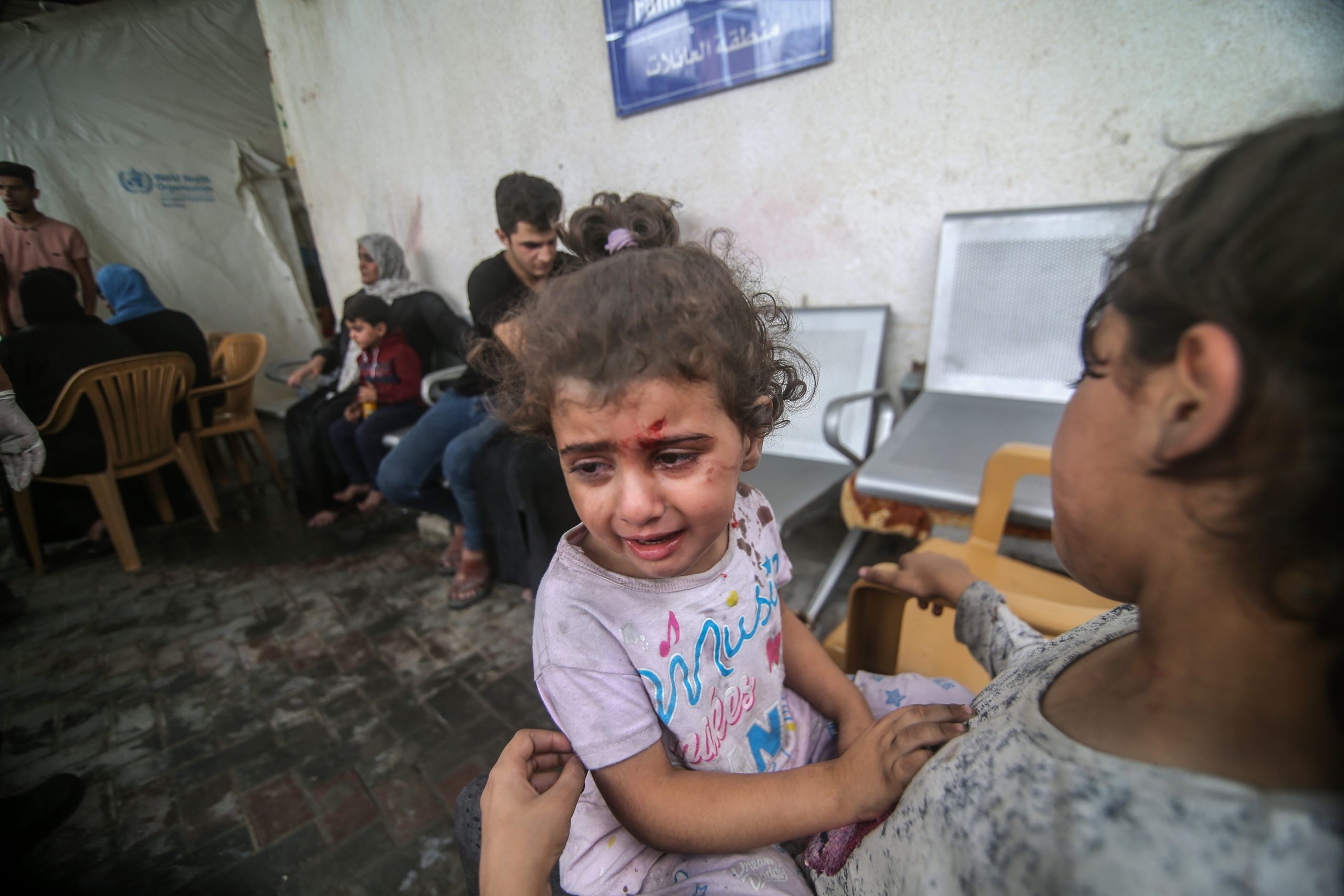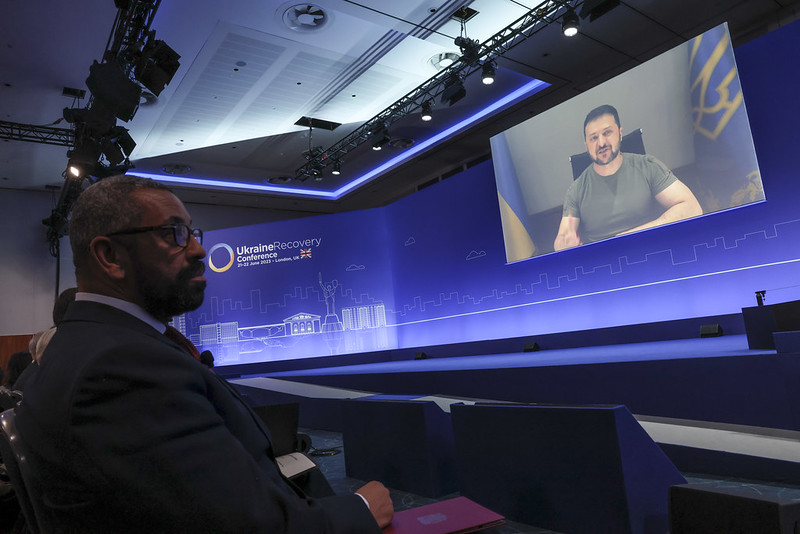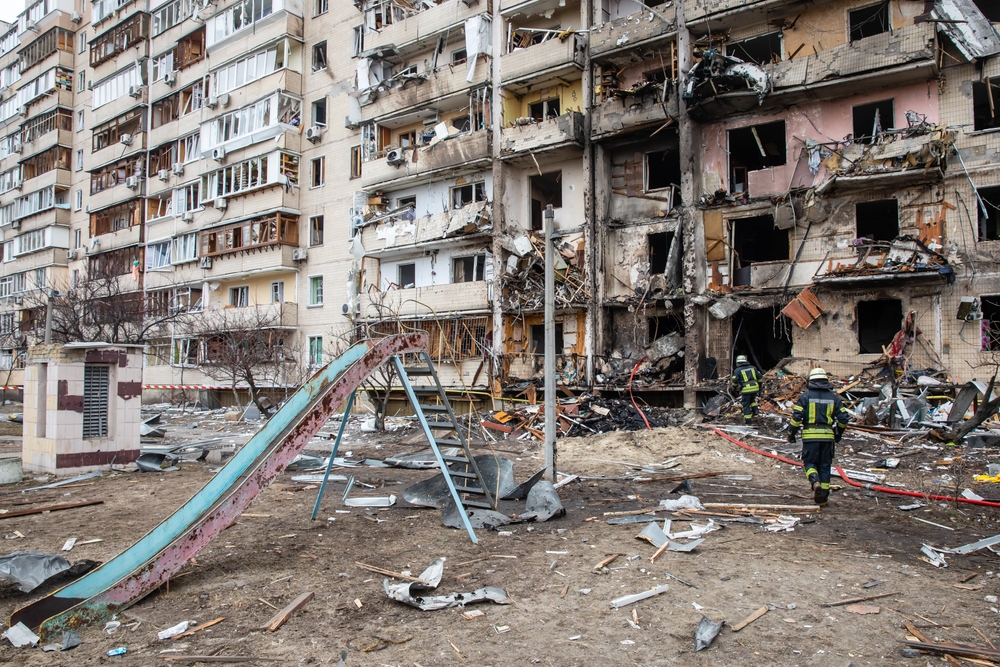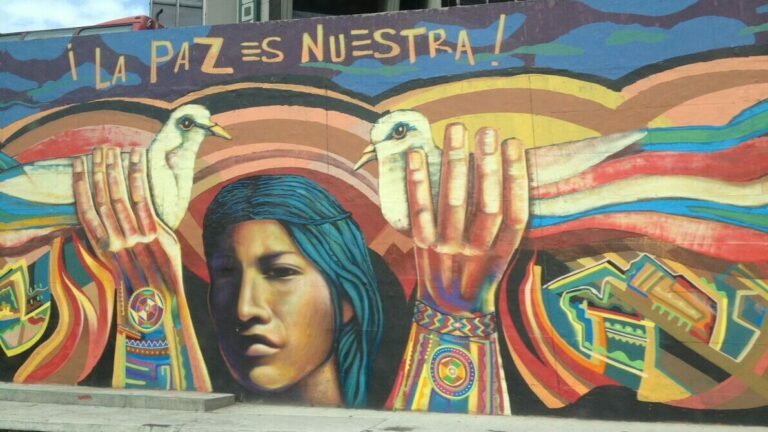Mass atrocity crimes are currently occurring in seven countries, according to the Global Centre for the Responsibility to Protect, and populations are at imminent and serious risk of falling victim in at least eight other countries. Atrocity crimes have been rising year on year since 2012, leading to an increase in civilian deaths in conflicts, protracted crises and displacement. The primary, secondary and tertiary effects of such atrocities “ripple out into the world and cause massive instability and insecurity”.
Prevention of mass atrocities, when carried out effectively, saves both lives and significant resource for donor countries and the international community. It is also a matter of national security and national interest, strengthening international stability and security. The breadth of the United Nations (UN) system is talking about ‘prevention’, from the Sustainable Development Goals, the Human Rights Upfront Initiative, to Secretary-General António Guterres’ new report on peacebuilding and sustaining peace, and the UN/World Bank Pathways for Peace report on ‘Inclusive Approaches to Preventing Violent Conflict’.
Former UN Secretary General Ban Ki Moon has called for member states to develop national mechanisms on atrocity prevention and integrate norms and tools in existing policy processes. The US has articulated prevention of mass atrocity as a ‘vital’ national interest with other states in Europe, Africa and Latin America developing national strategies for prevention. The UK Government also underlined its commitment to upholding international humanitarian law and to the prevention of mass atrocities in the UK National Security Strategy and Strategic Defence and Security Review in 2015, the National Security Capability Review in 2018. The EU has reiterated the need to build international and national capacity to respond effectively to early warning systems, recognising the importance of working not only with States, but with, amongst others, communities and civil society.
Ensuring that resilience agendas, early warning systems and prevention frameworks are developed sympathetically to the local context is vital to ensure long term and sustainable ways that stakeholders from all levels can predict, prevent and respond to mass violence and atrocities in the most effective way possible. The question of how different stakeholders, especially government, civil society and grassroots actors, can work together to develop resilience agendas that are effective in supporting, protecting and empowering the communities most affected by violence, eg the persecuted Roma community in Eastern Europe, will be explored. Similarly, the dialogue will draw on shared experiences of donors and programmers to understand how working models can be transferred and the evidence base expanded to ensure that future policy and commitments are rooted in robust evidence-based research, and that international and national mechanisms can best utilise the benefits of preventative early action.
In partnership with the Stanley Foundation and Protection Approaches, we convened an international event to identify steps that countries might take to better prevent mass violence and atrocities in a coordinated and systematised way, utilising the knowledge and capacity of local, national and international stakeholders.
